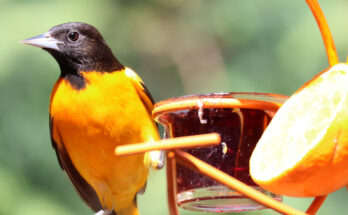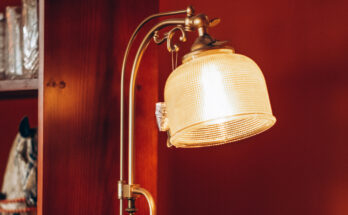Companion Flowers For Summer Phlox To Create A Stunning Garden Display
Garden phlox (Phlox paniculata) is a vibrant perennial known for its colorful, fragrant summer blooms that come in shades like red, pink, lavender, blue, and even variegated. Although undeniably stunning alone, pairing it with other species can take it from a standalone beauty to a dynamic garden display. To find the best companions for this striking native, you’ll need to look for plants with similar care requirements. Garden phlox thrives in rich, well-drained soils and can tolerate light shade, but its best growth occurs in full sun. Moist soil is a must, so make sure to choose companions that like regular watering during the growing season.
There are several ways to incorporate this versatile flower. Its nectar-rich blooms are a favorite of hummingbirds, butterflies, and bees, making it a perfect addition to a pollinator garden, especially when paired with varieties like bee balm (Monarda fistulosa). You can also plant garden phlox with sturdy-stemmed companions like coneflower (Echinacea) or black-eyed Susan (Rudbeckia hirta) if you want to grow an aromatic cut flower garden. It fits beautifully into a range of landscapes, whether you want a lush cottage garden or a showy flowering border. To create a layered effect, make sure to include some pretty yet subtle fillers like flat-topped white aster (Doellingeria umbellata) for a delicate textural contrast to the bold phlox blooms.
Plant showy companions for added drama in the garden
With its sturdy, upright habit and long-lasting daisy-like blooms, coneflower looks beautiful when planted with garden phlox. Its distinctive conical flowerheads provide a striking contrast to phlox’s rounded clusters, and the rich purple tones add even more color to your garden. There are several stunning varieties of coneflower in other bright shades, all of which are like magnets to bees, butterflies, hummingbirds, and even songbirds, making them perfect for those wanting to start a pollinator garden. Most coneflower varieties thrive in USDA zones 4 to 9, but some are hardy enough for zone 3 winters, while others can handle the heat of zone 10. Like garden phlox, this drought-tolerant plant loves full sun and rich, well-drained soils.
Black-eyed Susan is another standout companion for phlox, featuring sunny yellow flowers that pop against phlox’s pink, lavender, or blue petals. Its nectar-rich blooms are also popular among pollinators, encouraging more butterflies and bees to flock to your yard. Even better, it’s also a larval host to the silvery checkerspot butterfly, and goldfinches love its seeds that ripen in autumn. With its flowers emerging in spring, this plant extends your garden’s seasonal color while providing pollinators with a longer-lasting supply of nectar. You can grow black-eyed Susan in hardiness zones 3 to 8 in moist, well-drained soil in full sun to partial shade.
Round out your garden with subtle fillers
Balancing your garden display with a few understudy plants allows your star varieties, like garden phlox, to truly shine. Flat-topped white aster is an herbaceous perennial with small, star-shaped white blooms growing in clusters at the end of its branches. Its airy, delicate appearance offers a soft contrast to phlox’s bold, dense flower heads, helping to fill out the garden without competing for attention. As a bonus, this pretty native wildflower will also bring more butterflies into your yard. Hardy in zones 3 to 9, it thrives in moist, loamy, slightly acidic soil, conditions that work perfectly well for garden phlox as well. Make sure it’s in an area where it receives full sun to partial shade.
Bee balm, often referred to as wild bergamot, is another native wildflower that looks stunning next to garden phlox. Its tubular blooms may be pink or purple, with nectar that’s favored by an array of pollinators, including ruby-throated hummingbirds. Its tousled petals and toothed, green leaves add more texture to the display, beautifully complementing the more structured blooms of garden phlox. While beneficial insects love bee balm, deer and rabbits tend to avoid it, helping to prevent unwanted grazing of your garden phlox. It’s another summer-flowering plant that you can grow in zones 3 to 9. Plant in full to partial sun and moist, well-drained soil.

